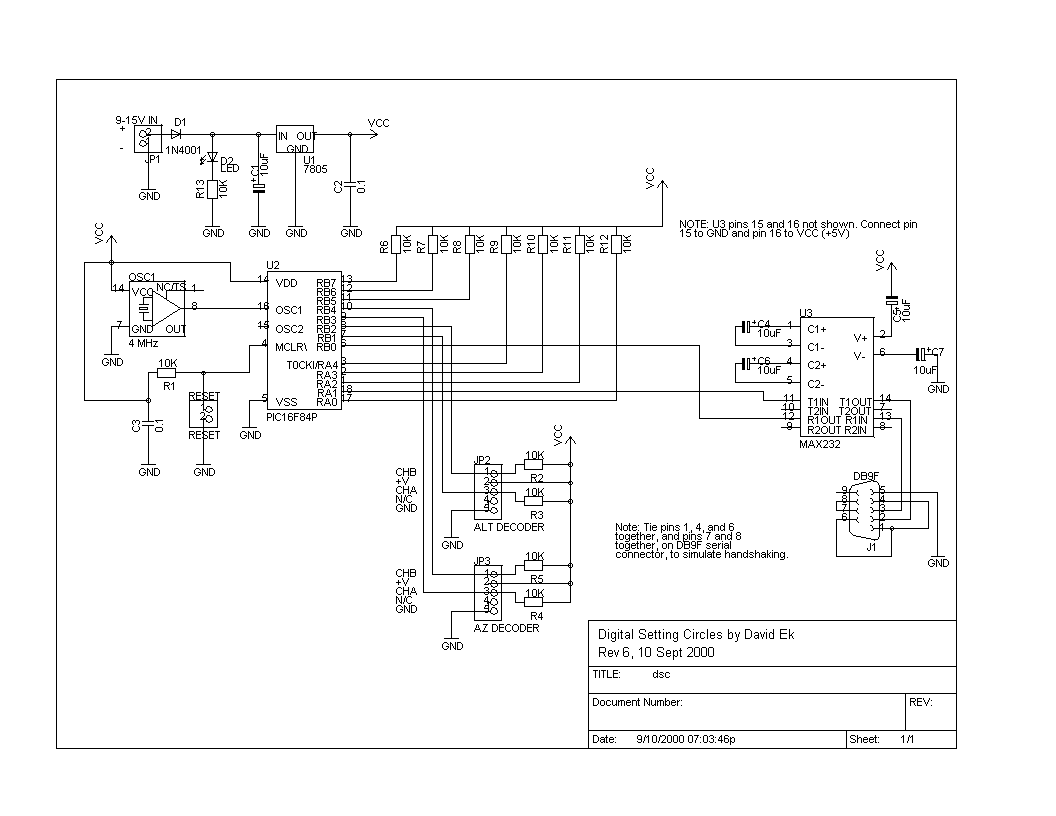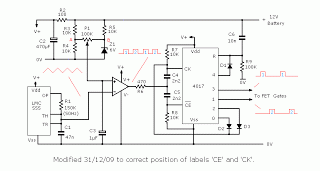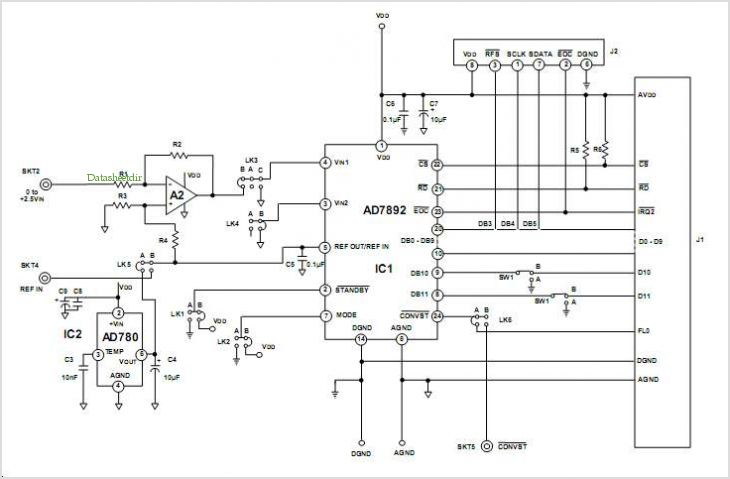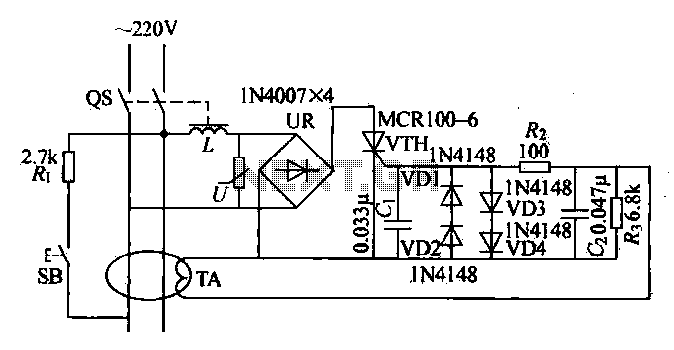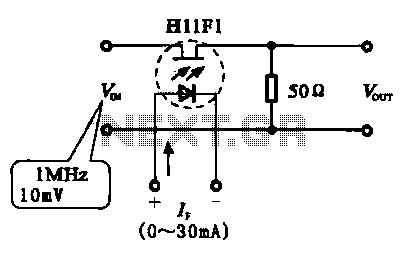
arduino How to charge Polymer Lithium Ion Battery that comes with the Lilypad Development Board
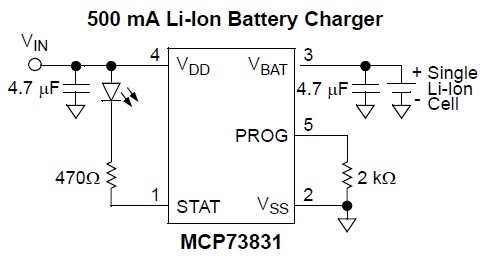
A Lithium Polymer Ion Battery is included with the Lilypad Development Board from SparkFun. There is an inquiry regarding whether the battery will charge when it is connected to the Lilypad Arduino while simultaneously connecting the Lilypad Arduino using an FTDI interface. The battery specifications can be found at the provided URL.
The Lilypad Development Board is designed for wearable electronics and is compatible with various sensors and actuators. The integration of a Lithium Polymer Ion Battery allows for portable power supply, which is essential for mobile applications. The charging behavior of the battery when connected to the Lilypad Arduino while using the FTDI interface is a critical consideration for users.
When the FTDI interface is connected to the Lilypad Arduino, it typically provides a USB connection to a computer or power source. This setup allows for both programming the microcontroller and powering the board. The charging circuit for the Lithium Polymer Ion Battery is usually integrated into the Lilypad board, which manages the charging process when power is supplied through the USB connection.
It is important to note that the charging circuit must be designed to accommodate the specific voltage and current requirements of the Lithium Polymer Ion Battery. This usually involves a dedicated charging IC that regulates the charging process to ensure safety and efficiency. Users should refer to the battery specifications provided in the URL to ensure compatibility with the charging circuit on the Lilypad Development Board.
In summary, when the Lilypad Arduino is connected via FTDI, it is expected that the battery will charge, provided that the charging circuit is functioning correctly and that the battery is compatible with the specifications outlined. Proper understanding of the charging mechanism and adherence to safety protocols is essential for effective operation and longevity of the battery.There is a Lithium Polymer Ion Battery that comes with the Lilypad Development Board from Sparfun. Does anyone know if the battery charges if we plug in the battery to the Lilypad Arduino and connect the Lilypad Arduino using the FTDI at the same time. The battery specifications are in the URL below: 🔗 External reference
The Lilypad Development Board is designed for wearable electronics and is compatible with various sensors and actuators. The integration of a Lithium Polymer Ion Battery allows for portable power supply, which is essential for mobile applications. The charging behavior of the battery when connected to the Lilypad Arduino while using the FTDI interface is a critical consideration for users.
When the FTDI interface is connected to the Lilypad Arduino, it typically provides a USB connection to a computer or power source. This setup allows for both programming the microcontroller and powering the board. The charging circuit for the Lithium Polymer Ion Battery is usually integrated into the Lilypad board, which manages the charging process when power is supplied through the USB connection.
It is important to note that the charging circuit must be designed to accommodate the specific voltage and current requirements of the Lithium Polymer Ion Battery. This usually involves a dedicated charging IC that regulates the charging process to ensure safety and efficiency. Users should refer to the battery specifications provided in the URL to ensure compatibility with the charging circuit on the Lilypad Development Board.
In summary, when the Lilypad Arduino is connected via FTDI, it is expected that the battery will charge, provided that the charging circuit is functioning correctly and that the battery is compatible with the specifications outlined. Proper understanding of the charging mechanism and adherence to safety protocols is essential for effective operation and longevity of the battery.There is a Lithium Polymer Ion Battery that comes with the Lilypad Development Board from Sparfun. Does anyone know if the battery charges if we plug in the battery to the Lilypad Arduino and connect the Lilypad Arduino using the FTDI at the same time. The battery specifications are in the URL below: 🔗 External reference
